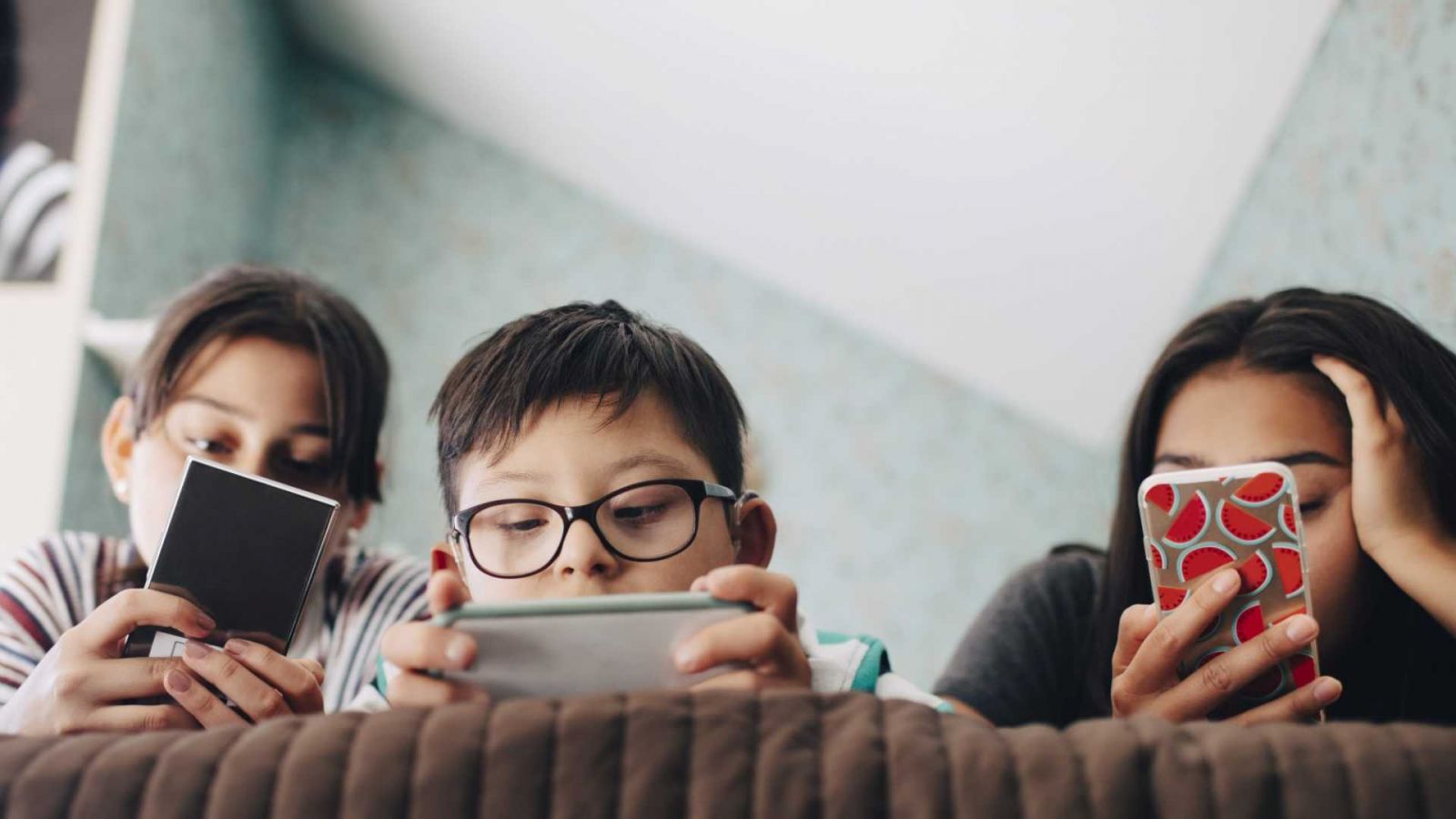
The Impact of Screen Time on Children's Eye Health: How Much Is Too Much?
The increasing prevalence of digital devices in children's lives has sparked a growing concern among parents, educators, and healthcare professionals about the potential impacts on eye health. As screens become an integral part of education, entertainment, and social interaction, understanding the consequences of prolonged screen time is essential.
This article delves into the effects of screen time on children's eyes, exploring how much screen time is too much and offering guidelines to protect young eyes.
Understanding Screen Time and Its Prevalence Among Children
Screen time refers to the amount of time spent using devices with screens, such as televisions, computers, tablets, and smartphones. In today's digital age, children are exposed to screens from a very young age, with many spending several hours each day on various devices. This trend has raised concerns about the potential health risks associated with excessive screen time, particularly its impact on eye health.
How Does 'Too Much' Screen Time Affect Children's Eye Health?
1. Myopia (Nearsightedness): Prolonged screen time, particularly on digital devices held close to the eyes, has been associated with an increased risk of myopia in children. This condition causes distant objects to appear blurry, and its prevalence has risen in recent years, coinciding with the widespread use of screens among children.
2. Computer Vision Syndrome (CVS): Also known as digital eye strain, CVS includes a range of symptoms, including eye discomfort, dryness, headaches, and blurred vision. These symptoms can occur after extended periods of screen use, leading to decreased productivity and discomfort for children.
3. Increased Risk of Asthenopia: Asthenopia, or eye strain, is a common complaint among children who spend excessive time in front of screens. Symptoms may include tired, achy eyes, difficulty focusing, and sensitivity to light. Prolonged exposure to screens without breaks can exacerbate these symptoms.
4. Reduced Blinking Rate: Staring at screens for extended periods can lead to a reduced blinking rate in children, resulting in insufficient lubrication of the eyes. This can contribute to dry eye symptoms and discomfort, particularly when coupled with poor environmental conditions such as low humidity or air conditioning.
5. Disruption of Circadian Rhythms: Excessive screen time, particularly before bedtime, can disrupt children's circadian rhythms due to exposure to blue light emitted by digital devices. This disruption can affect sleep quality and duration, leading to daytime drowsiness and fatigue, which can further exacerbate eye strain symptoms during waking hours.

Guidelines for Healthy Screen Time
To mitigate the negative effects of screen time on children's eye health, it is crucial to establish healthy screen habits. Here are some guidelines recommended by eye health experts:
● Limit Screen Time: The American Academy of Pediatrics (AAP) suggests no more than one hour of screen time per day for children aged 2 to 5 years. For older children, it is essential to set consistent limits and ensure screen time does not interfere with sleep, physical activity, or other healthy behaviors.
● Encourage Breaks: The 20-20-20 rule is a helpful guideline—every 20 minutes, encourage children to take a 20-second break and look at something 20 feet away to reduce eye strain.
● Promote Outdoor Activities: Encourage children to spend more time outdoors, which can help reduce the risk of developing myopia and promote overall eye health.
● Adjust Screen Settings: Ensure screens are at eye level, and adjust the brightness and contrast settings to reduce glare and minimize strain.
● Use Protective Eyewear: Consider blue light-blocking glasses or screen filters to reduce exposure to blue light.
How to Implement Healthy Screen Habits at Home
Creating a balanced approach to screen time involves more than just setting limits. It requires a holistic strategy that incorporates family involvement and consistent routines. Here are some practical tips for parents:
● Lead by Example: Children are more likely to follow healthy screen habits if they see their parents doing the same. Limit your own screen time and engage in screen-free activities as a family.
● Create Screen-Free Zones: Designate certain areas of the home, such as bedrooms and dining areas, as screen-free zones to encourage other activities and interactions.
● Set a Routine: Establish a daily schedule that includes specific times for screen use, homework, outdoor play, and family time. Consistency helps children understand the importance of balance.
● Educational Content: When screen time is necessary, prioritize educational and interactive content that can stimulate learning and development rather than passive consumption.
Monitoring and Adapting Screen Time Practices
Regularly monitoring and adjusting screen time practices is crucial to ensure they remain effective and relevant as children grow and their needs change. Parents should stay informed about the latest research and recommendations regarding screen time and eye health. Additionally, engaging in open conversations with children about the importance of eye health and the potential risks of excessive screen time can foster a cooperative approach to managing screen use.
Conclusion
The impact of screen time on children's eye health is a multifaceted issue that requires careful attention and proactive measures. While digital devices have become an indispensable part of modern life, balancing their use with eye health considerations is essential. By setting appropriate screen time limits, encouraging frequent breaks, promoting outdoor activities, and educating children on the importance of eye care, parents and educators can mitigate the negative effects of prolonged screen exposure.
As research continues to evolve, staying informed and adapting strategies will be key to ensuring the healthy development of children's vision and overall well-being in our increasingly digital world.
(1).jpg)










